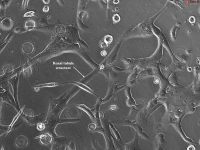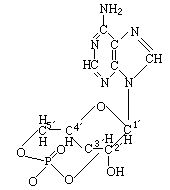Mass Measurements of Cyclic AMP Formation by Radioimmunoassay, Enzyme Immunoassay, and Scintillation Proximity Assay
互联网
812
Adenosine 3′,5′-cyclic monophosphate (cAMP) is involved in a myriad of normal and pathological processes. Indeed, this cyclic nucleotide serves as a second messenger for the action of endogenous and exogenous agents in organisms ranging from bacteria to humans (1 ). The ubiquitous nature of cAMP has made its measurement essential to the study of numerous hormones, local mediators, neurotransmitters, drugs, and toxins. Methods for the estimation of cAMP include enzymatic radioisotopic displacement (2 ), high-pressure liquid chromatography (HPLC) (3 ), protein kinase activation (4 ), luciferin-luciferase bioluminescence (5 ), competitive protein binding (6 ), and immunoassay techniques (7 – 10 ).
| 1. | Radioimmunoassay (RIA), using a high specific activity adenosine 3′,5′-cyclic phosphoric acid 2′-0 -succinyl-3-[125 I]iodotyrosine methyl ester together with a second antibody that is bound to magnetizable polymer particles. |
| 2. | Enzyme immunoassay (EIA), involving the linking of succinyl cAMP to horseradish peroxidase (HRP) and combining this with stable second-antrbody-coated microtiter plates. |
| 3. | Homogeneous RIA (nonseparation), incorporating the novel method of scintillation proximity assay (SPA). |










